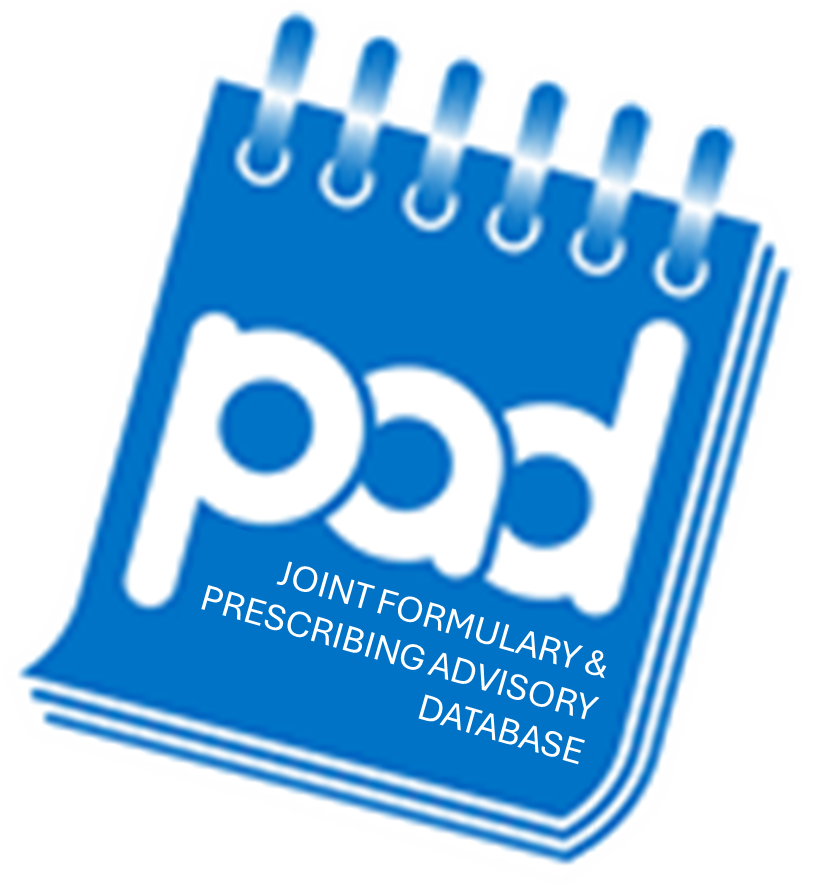
Semaglutide - Diabetes Mellitus
You are here : Home > Formulary Search > Semaglutide - Diabetes Mellitus
Status 1
- Subcutaneous injection (sc)
Max of 13 Ozempic pens per patient per year (1 pen is a 4 week supply).
Status 2
- Tablets
Rybelsus® (oral semaglutide): risk of medication error due to introduction of new formulation with increased bioavailability - see PAD page for details
Oral semaglutide is not a preferred route due to poor availability and gastrointestinal side effects. Use may be appropriate in a small cohort of patients where injection isn't suitable.
PAD Profile
Committee Recommendations (4)
Rybelsus® (oral semaglutide): risk of medication error due to introduction of new formulation with increased bioavailability
Some practices may have received a a Healthcare Professionals Letter from Novo Nordisk regarding an upcoming change to the formulation of Rybelsus® (oral semaglutide). The updated formulation offers improved bioavailability, meaning lower doses are now required to achieve the same therapeutic effect.
As part of this change, three new lower-strength tablets (also smaller in size) are expected to be released. Further details can be found in the Risk Minimisation Materials available here: Rybelsus Patient Transition Guide
The new strengths will be available on prescribing clinical systems imminently.
For a transitional period, both the old and new strengths will be available. However, the original formulation is expected to be phased out and become unavailable by the end of the year.
Patients will need to be counselled appropriately and switched to the appropriate strength of the new formulation using the Rybelsus Patient Transition Guide.
Dose titration for weight loss in diabetes:
The Surrey Heartlands Integrated Care System Area Prescribing Committee agree the following for the GLP1s (semaglutide, tirzepatide and liraglutide), when used for diabetes:
- Continue at 6 months only if HbA1c has reduced by at least 11mmol/mol (1%) and weight reduction of at least 3%
- Further dose titrations after 6 months should be in line with glycaemic control only, unless the patient meets the cohort criteria for weight management for
o Semaglutide: joint-position-statement-on-medical-therapies-for-obesity_final-resubmitted-sfe-211223.pdf
o Tirzepatide: PRN01879-interim-commissioning-guidance-implementation-of-the-nice-technology-appraisal-ta1026-and-the-NICE-fu.pdf
o Liraglutide: 1 Recommendations | Liraglutide for managing overweight and obesity | Guidance | NICE
Do not prescribe Ozempic® for the treatment of obesity.
Weight Management Guidelines - for advice see Guidelines : Weight management in adults (res-systems.net)
The Surrey Heartlands integrated care system Area Prescribing Committee (APC) approve the use semaglutide (oral formulation) with a GREEN (see narrative) traffic light status.
If a GLP-1 receptor antagonist is clinically indicated,the primary care prescriber after discussion with the patient should strongly recommend initiation of a GLP-1 RA injection because of the evidence for cardiovascular benefit for that formulation.
Semaglutide (oral) is available for patients in a niche group where a GLP-1 RA injection cannot be used (due to clinical reasons or patient preference).
Oral formulation is not the preferred route of administration, due to poor bioavailability and a high incidence of gastrointestinal side effects.
The patient should be advised about the advantages of the injectable form of semaglutide over the oral form because of improved outcomes data and greater certainty that the correct dose will be administered.
Oral semaglutide should be reserved only for those few patients for whom a GLP-1 Receptor Agonist is the treatment of choice and who are:
- unable to tolerate, or unsuitable for an SGLT-2 inhibitor
- unable to tolerate the injectable preparation eg allergy to an ingredient in the injection
- psychologically unable to consider administration of a s.c. injection (even if someone else administers it)
- unable to self-administer the injection, due to physical disability or dexterity problems.
An alternative oral option for ths group of patients for consideration is a SGLT2 inhibitor, In line with current NICE guidance for managing type 2 diabetes, patients should be assessed after 6 months at the maximum tolerated dose. If the patient does not achieve targets of a 1% reduction in HbA1c and 3% reduction in weight, the treatment should be reviewed with a view to discontinuation of treatment and switching to another appropriate therapy.
Other Indications
Below are listed other indications that Semaglutide is used to treat.
Other Drugs
Below are listed other drugs that are used to treat Diabetes Mellitus.
- Acarbose
- Alogliptin
- Alogliptin/metformin
- Biphasic Insulin Aspart - Novmix 30
- Biphasic Isophane Insulin - Humulin M3
- Biphasic Lispro Insulin - Humalog Mix 25
- Biphasic Lispro Insulin - Humalog Mix 50
- Canagliflozin
- Canagliflozin/metformin
- Dapagliflozin
- Dapagliflozin/metformin
- Dulaglutide
- Empagliflozin
- Empagliflozin/metformin
- Ertugliflozin
- Glibenclamide
- Gliclazide
- Glimepiride
- Glipizide
- Glyxambi (Linagliptin/empagliflozin)
- Insulin Aspart - Fiasp
- Insulin aspart - NovoRapid
- Insulin Aspart - Trurapi
- Insulin degludec
- Insulin degludec with liraglutide
- Insulin detemir
- Insulin glargine - Abasaglar
- Insulin glargine - Lantus
- Insulin glargine - Semglee
- Insulin Glargine - Toujeo
- Insulin glulisine - Apidra
- Insulin Lispro - Humalog
- Insulin Lispro - Lyumjev
- Insulin pump - non-autoimmune causes
- Insulin pump - Type 1 diabetes
- Isophane (neutral insulin) - hypurin porcine 30/70
- Isophane Insulin - Humulin I
- Isophane Insulin - Hypurin Porcine Isophane
- Isophane Insulin - Insulatard
- Linagliptin
- Linagliptin/metformin
- Liraglutide
- Metformin hydrochloride
- Metformin hydrochloride/pioglitazone
- Metformin hydrochloride/sitagliptin
- Metformin hydrochloride/vildagliptin
- Pioglitazone hydrochloride
- Repaglinide
- Saxagliptin
- Saxagliptin/dapagliflozin
- Sitagliptin
- Soluble insulin - Hypurin porcine neutral
- Soluble insulin - Actrapid
- Soluble insulin - Humulin S
- Sotagliflozin
- Suliqua (Insulin glargine/lixisenatide)
- Tirzepatide
- Tolbutamide
- Vildagliptin
